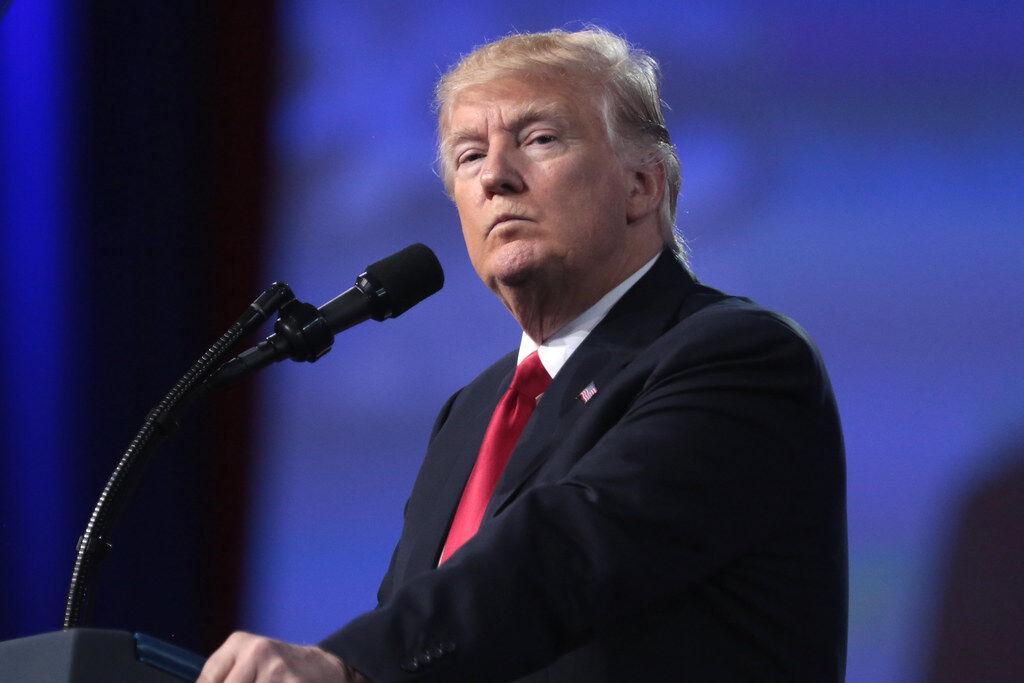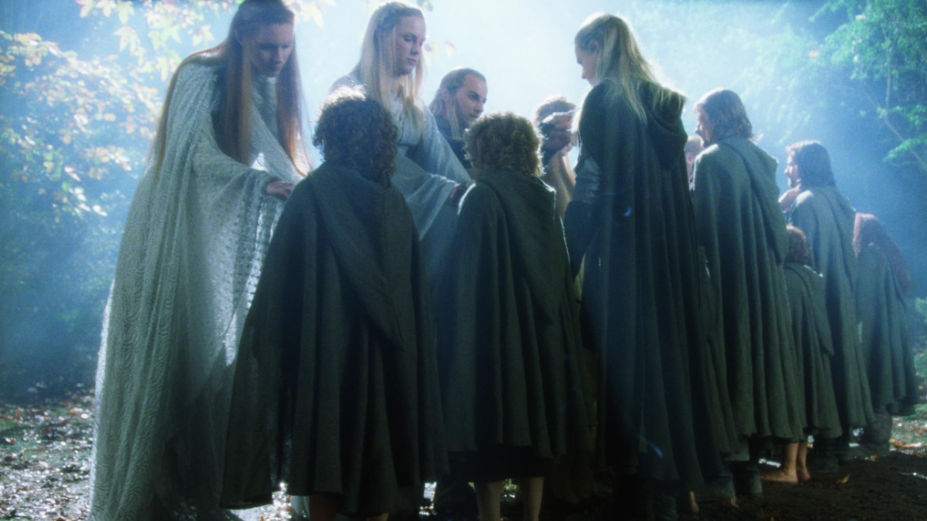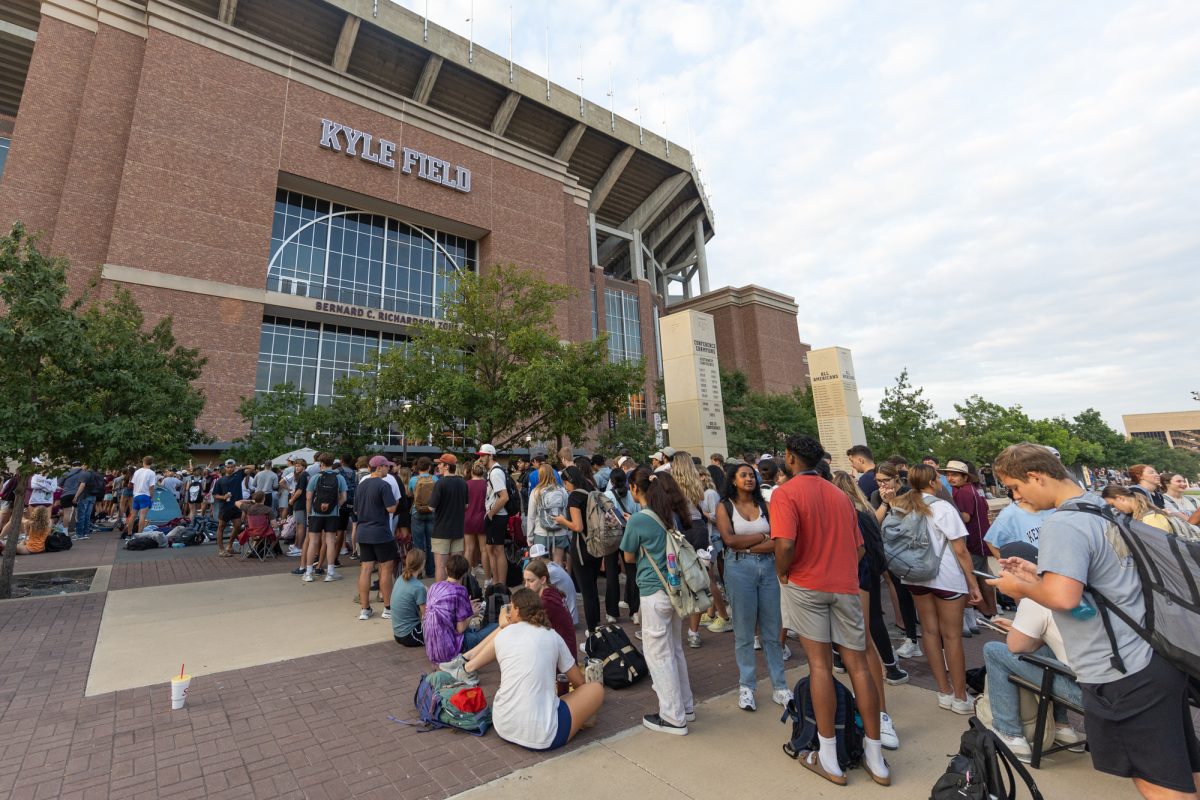Although former President Donald Trump has not officially announced a 2024 run for the White House, if you were at the Save America rally in Conroe, you wouldn’t know it.
Just a few days after jokingly referring to himself as the “45th and 47th” president while out golfing, Texas Lt. Gov. Dan Patrick introduced Trump at the Jan. 29 rally as just that. Trump made it clear himself, with obvious, tongue-in-cheek statements typical of many politicians alluding to upcoming campaigns, saying, “In 2024, we are going to take back that beautiful, beautiful house that happens to be white, that is so magnificent and that we all love.”
“We are going to take back the White House,” Trump said.
This isn’t news, per se. The former commander-in-chief has been making these gestures to an ongoing candidacy since first attacking the 2020 election results as fraudulent. In a sense, his 2020 campaign never ended. This new series of rallies ahead of the midterm elections, however, has begun to hint at what’s in store for the Republican Party and what Democrats will face for the next two years. Not only are Trump and his most loyal supporters tightening their grip on the Republican Party ahead of the primaries, but I would argue the events of the Conroe rally reflect that the conservative movement in America is no longer in the party’s hands.
Although the former president’s remarks were scheduled for 7 p.m., the rally was more like a fairground before then. They celebrated the conservative movement and Trump with music, testimonials, merchandising and a smattering of local candidates in the middle of their primaries stepping up to speak. Texas Attorney General Ken Paxton, Lt. Gov. Patrick, Gov. Greg Abbott and Donald Trump Jr. immediately preceded the former president on the stage, but also in attendance were State Agriculture Commissioner Sid Miller, State Sen. Dawn Buckingham, Montgomery County Judge Mark Keough and Texas G.O.P. Chairman Matt Rinaldi.
Many local candidates got their endorsements early in Trump’s remarks, with shoutouts across the rally fairgrounds. The event had voter registrars and other G.O.P. staffers ready to get the most impassioned attendees involved in the ongoing campaigns across the Lone Star State.
The bird’s eye view doesn’t give the full picture, though. I attempted to attend the rally myself as media, but as reported by The Battalion, the lines into the rally ranged from one to three miles long or more. Sitting in those lines, it took over an hour and a half for my personal traffic snake to move through the final two intersections into the fairgrounds — less than a mile in actual road. Along the lines, attendees kept each other entertained with music, flag-waving and “Let’s Go Brandon” chants. A couple people walked along the traffic with Trump lookalike teddy bears. At least twice, I heard Toby Keith’s post-9/11 hit “Courtesy of the Red, White and Blue” from nearby cars. The atmosphere was electric, in spite of a wait that rivaled the most popular rides at Disney World.
But let’s be clear. All of those supporters weren’t there for the Republican Party. They were at the rally for Trump. And that means a lot for the next several years and any potential challengers.
I. Party politics, by the numbers
This January, polling firm Echelon Insights published data on Trump and his only potential primary challenger, Florida Gov. Ron DeSantis. According to the New York Times, the data showed some ambivalence among G.O.P. voters, nationally, about whether Trump should run again. Although 54% thought, “Trump was a great president and should remain the leader of the Republican Party,” approximately 40% of the remaining voters were open to the idea of a new face going into 2024. That number is by no means insignificant. Internally, there seem to be Republicans who were in the party pre-2016 eyeing to regain some control through new leadership. The old guard have good reason to fear losing control — it’s well known how a number of Republicans left the party or were ousted in their primaries by candidates endorsed by Trump, who tended to be more ideologically conservative than their counterparts. Analysis by FiveThirtyEight in April 2021 found that since Trump took office in 2017, 59% of congressional Republicans who replaced another Republican are more conservative than their predecessors.
The remaining members of the pre-Trump party could be seen grappling with this challenge in the recent winter meeting of the National Governors Association. Arkansas Gov. Asa Hutchinson, the Republican chairman of the National Governors Association, came out against Trump’s 2024 run at the meeting, according to Business Insider.
“I do not believe Trump is the one to lead our party and our country again, as president,” Hutchinson told Insider.
Other Republican leadership in attendance dodged the question altogether, pointing their focus to the midterms for now. Surely, they recognize that it’s dangerous to step out against the man who has broad support among their constituents — a 74% approval rating among self-identified Republicans, according to a similar Marquette Law School survey.
And even if they stepped out, DeSantis is the only potential challenger, and his recent political clout comes from far fewer sources, mainly defying lockdowns and federal urgings in Florida. Trump’s proliferation of sources is far more solid, built across six years of campaigning, making policy and fighting other political figures domestically and abroad.
This dilemma was on full display at the Conroe rally when Abbott arrived. However, unlike the aforementioned governors, he decided some time ago to hitch his wagon to the Trump movement rather than be replaced by someone more loyal, and thus more politically viable, than himself.
Abbott has garnered disdain from grassroots Texas Republicans for mismanaging the border, unpopular pandemic policies and — most notably — the grid failure in 2021 that led to several hundred deaths. Judging from the reactions to rhetoric around making America strong again, if Trump’s supporters loathe anything, it’s weakness. When Abbott came on stage, he was met with boos and shouts of “RINO,” for “Republican in name only.” But he drowned out his own ire in praise for the former president, culminating in chants of “Let’s go Trump” following his remarks. The power of that endorsement among the base can’t be understated.
II. Road to 2024
There may be a large portion of self-identified Republicans who want to see new leadership, but the most passionate conservatives coming to these rallies are not attending as party members. Even if their numbers are fewer since the 2020 election, they appear to be more intense in their support for Trump than ever. Suffice to say, the party’s internal momentum is in Trump’s favor, and I highly doubt someone like DeSantis can pose a real challenge.
The most diehard members of the base are more ignited by the threats of President Joe Biden’s perceived failures making the country weak, or of an invasion at the border, than the desire to see anyone replace Trump. After all, many of the base believe Trump was robbed of his second term in the first place; only 21% of Republicans polled by University of Massachusetts Amherst believed Biden’s 2021 victory was “probably legitimate.” And who are the most likely to vote in 2022? Those who believe the election was stolen, ironically.
Trump has another advantage up his sleeve going into the next elections: outsider rhetoric. This was the same approach that secured him the 2016 nomination and eventually the Oval. However, not only was his lambasting of America’s current weakness powerfully received by the Conroe crowd, it was repeated nearly verbatim by the preceding speakers.
“Everyone in Washington is obsessing over how to protect Ukraine’s border, but the most important border … for us is not Ukraine’s border, it’s America’s border and we do nothing about it,” Trump said.
“[President Biden] is sending troops to the border of Ukraine, when in reality he should be sending law enforcement and border patrol to the border between Texas and Mexico,” Abbott said.
So what do we have? Trump’s powerful 2016 rhetoric, but now amplified by those who fear losing their positions in the party. Entire state G.O.P.’s are falling in line to support an effort that already worked once, and judging by Biden’s sliding approval rating, this revived campaign won’t have much standing in its way. With this kind of grip on the conservative movement, it’s hard to say that the Republican Party even “exists” anymore beyond serving as an organizational tool for the Trump campaign and its political feudal empire.
The ralliers in Conroe came because they believe the nation is in dire straits, and Trump has been — and will be — their answer. Democrats will have to match that passion in November to stand a chance.
Nathan Varnell is a political science senior and assistant opinion editor for The Battalion.















